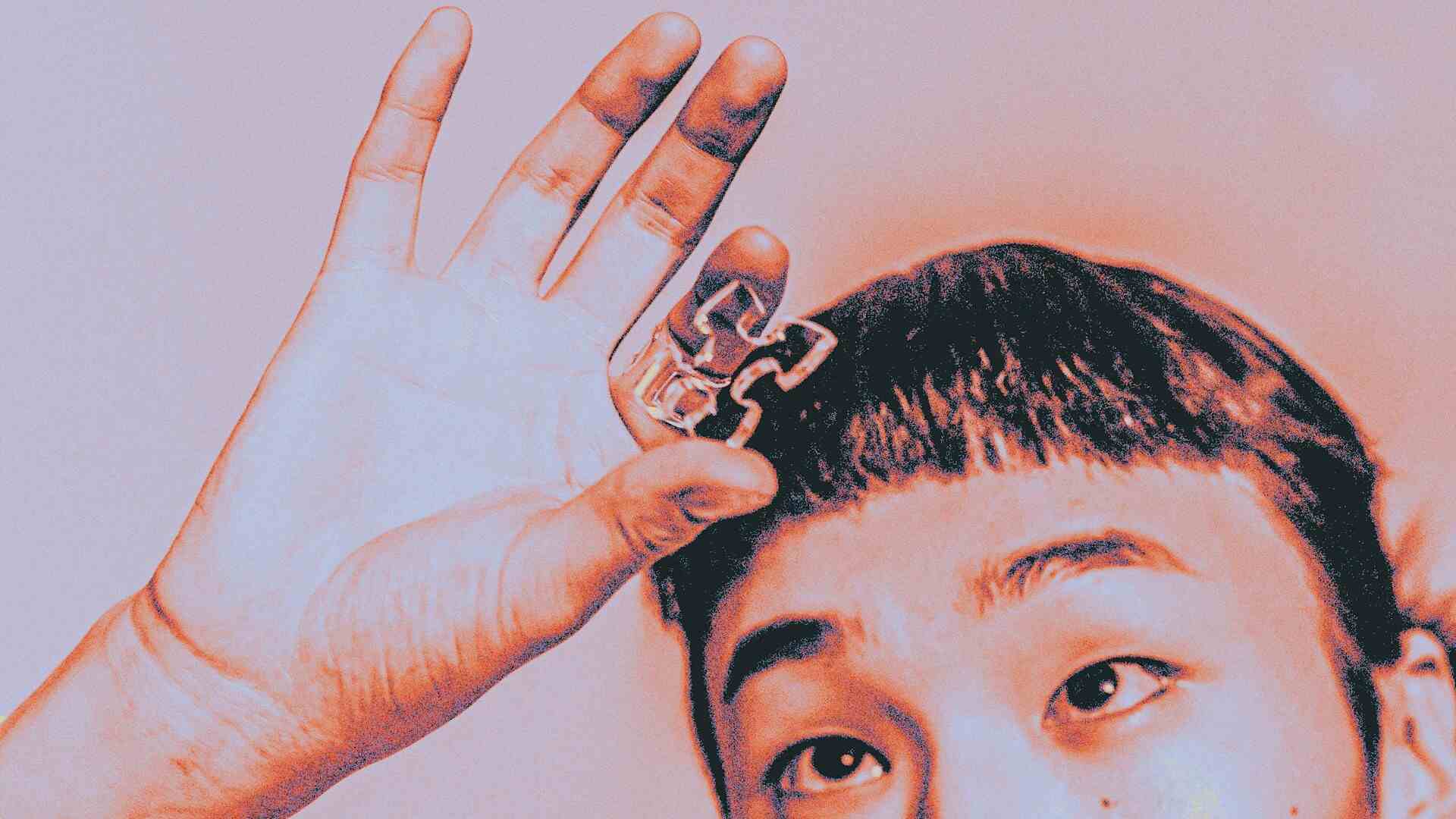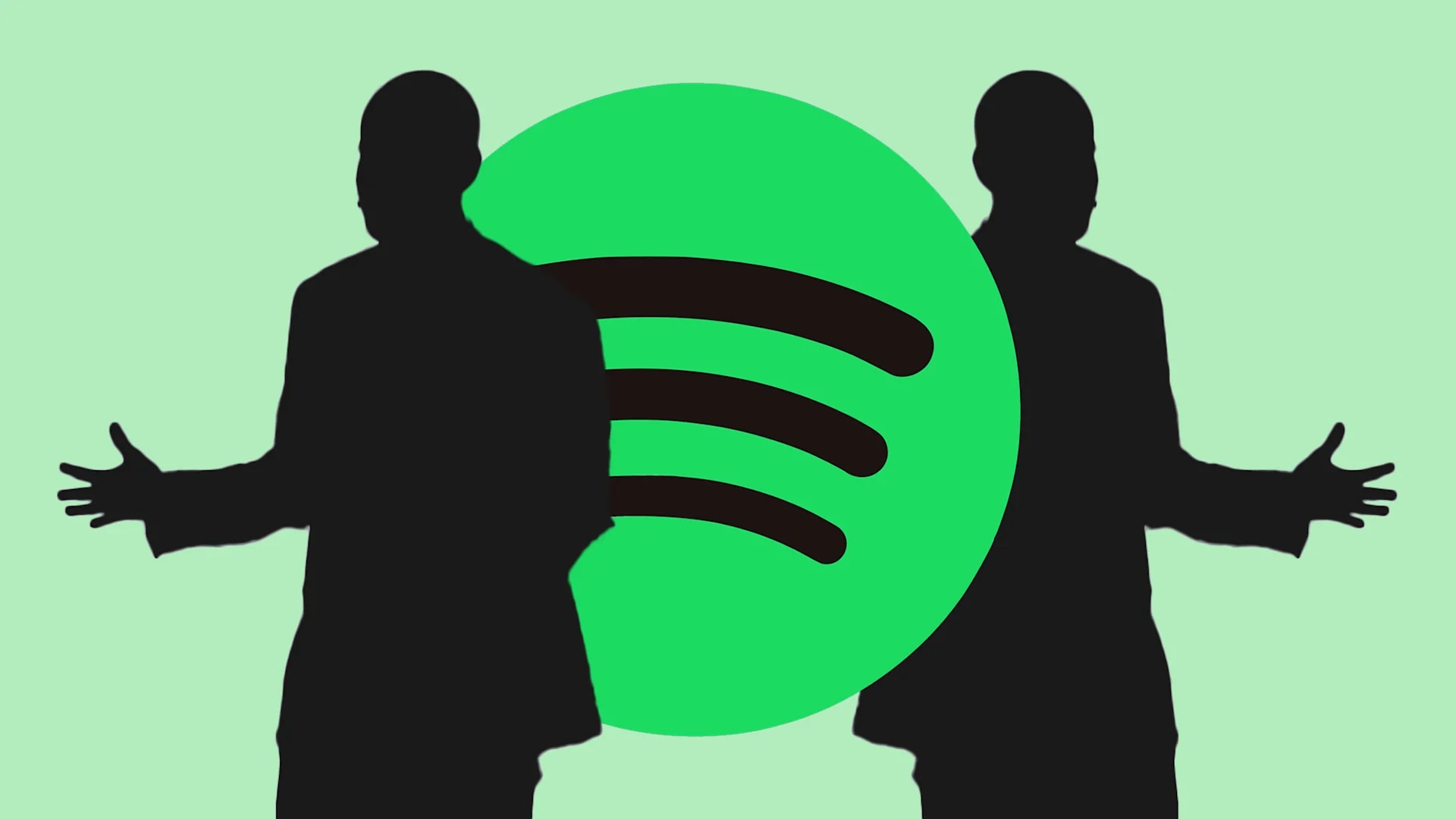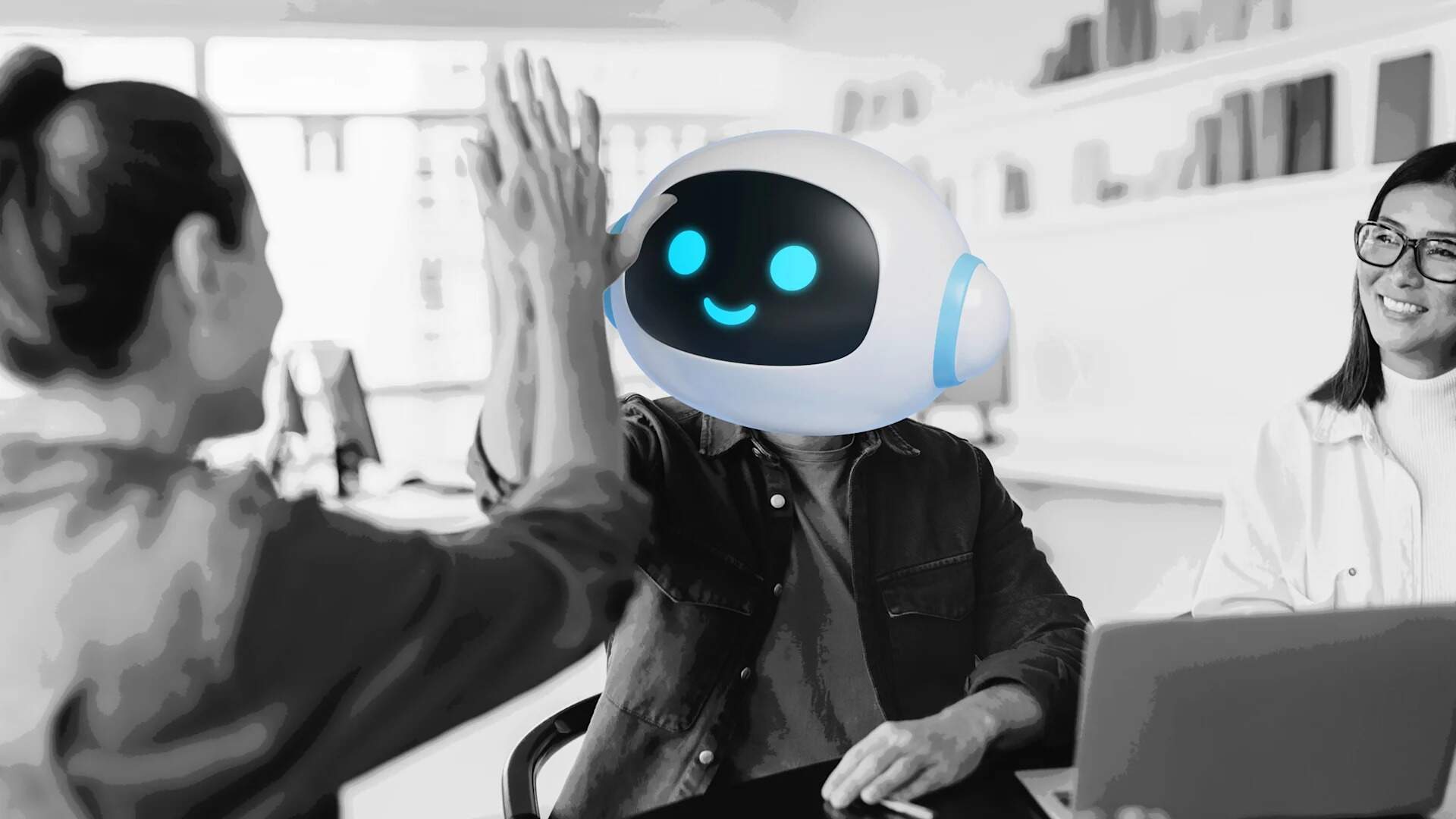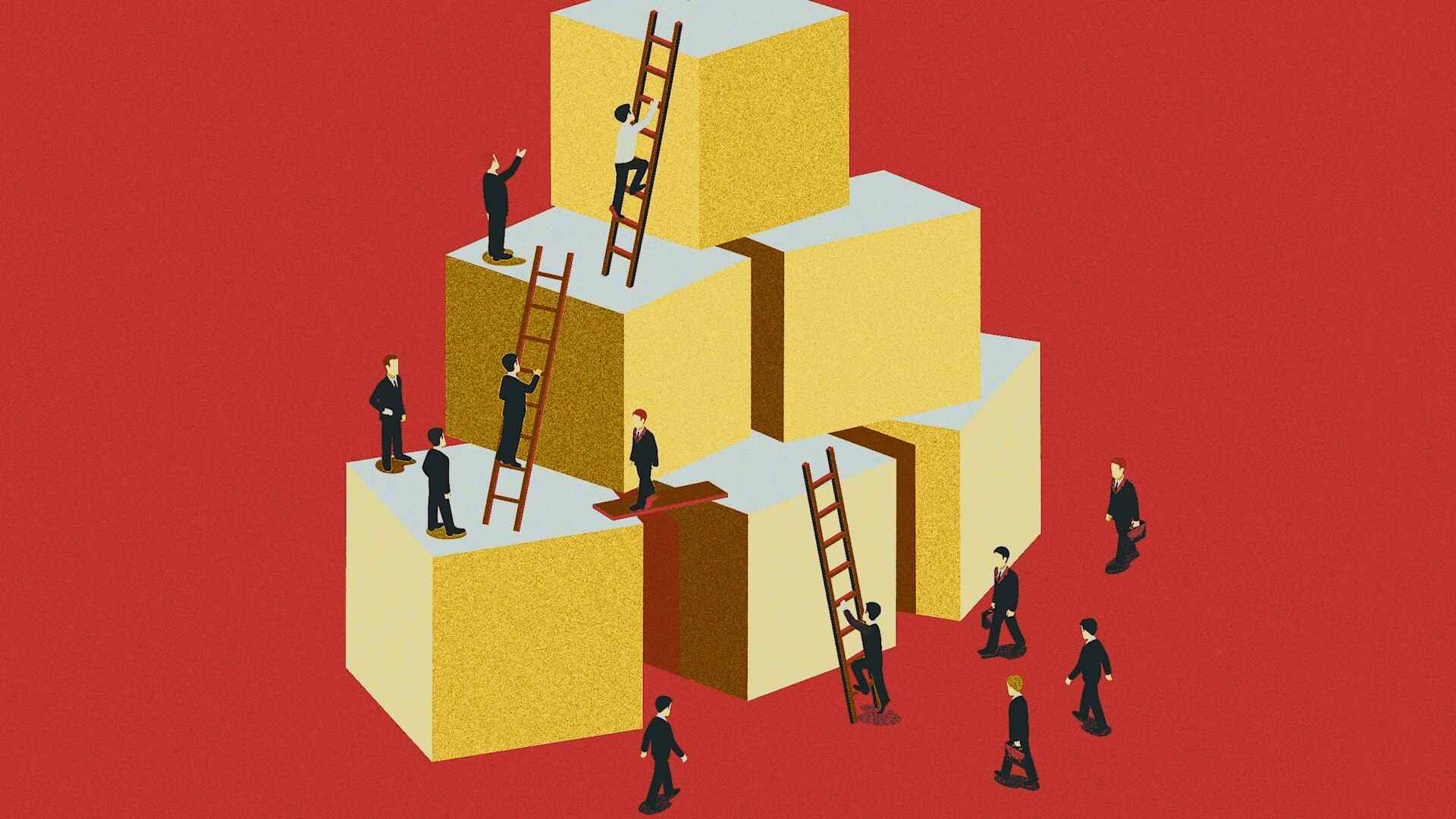- | 2:00 pm
A new way to think about work for 2024
Natalie Nixon introduces a new approach to operating called: the motor framework.
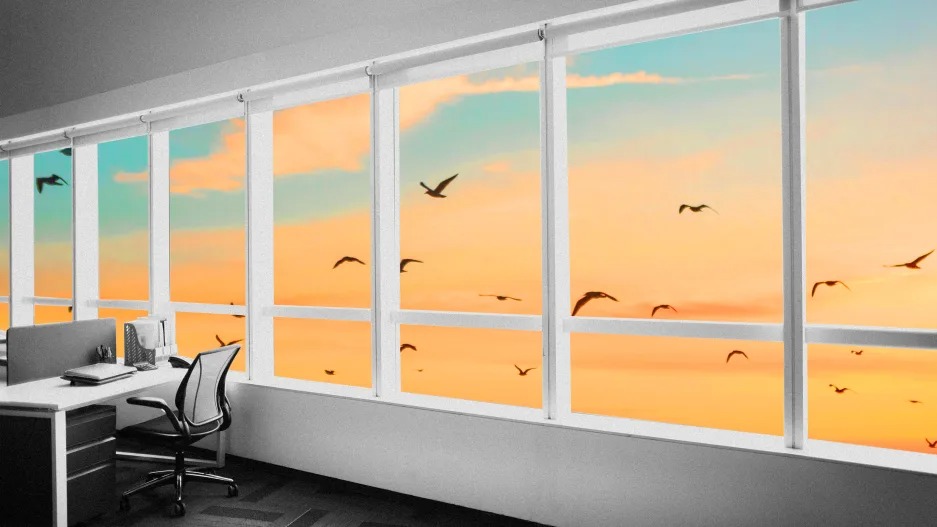
Here’s a question that’s been keeping me up at night: What if our most productive selves are not when we’re churning through email, on Zoom, or at the whiteboard?
Instead, what if our productivity is enhanced when we step away from the computer, the desk, and traditionally defined workplaces? What if delving into activity that activates our brain’s default mode network is the place to be?
We work in an era marked by unprecedented burnout, hybrid work environments with evolving rules, and attempts to manage ubiquitous technology. These three drivers beg for a different way of thinking about work.
For example, 2023 research from Thrive My Way points out that 57% of workers perceive that they are expected to give 24/7 attention to the job and that 70% of employees experience burnout when faced with unreasonable deadlines. This leads to plummets in productivity when employees take sick days as a result of these constraints.
Allow me to introduce you to a new operating system, something I call “the MTR framework,” or motor framework. MTR is the human activity centered around movement, thought, and rest to spark generative thinking, so that when we return to the work at hand, we are more energized, imaginative, and productive.
We’ve historically attached metaphors like “brain as computer” or “brain as muscle” but Annie Murphy Paul brilliantly offered an alternative metaphor for how the brain works in her book, The Extended Mind. She offers “brain as magpie”—that our brain is more dynamically functioning when we are fully immersed in the world around us in order to come up with new ways of thinking.
I agree with her. And what better way to get immersed than to push back that chair from the desk, and tap into the sentient dimensions of being human that make us so unique as a species?
Admittedly, this new way of thinking about where our best work germinates could be terrifying to managers. Because tracking devices are absent in MTR activity. Instead, that void must be replaced with an incredible amount of trust.
And that’s fine because the Industrial Revolution and Information Age where productivity was based on quantifiable output of widgets is way back in our rearview mirror. In today’s big data age, curiosity is currency. And for the foreseeable future, basic tasks that can be tracked and quantified are being replaced with automation, robotics, and AI.
While this feels extremely unsettling at the onset, the great news is that companies have the opportunity to lean into “inside out” work: work that taps into our human dimensions and requires personal development at the office, and professional development while working from home.
The new possibility at work is to zag away from technology (after all, the tech doesn’t need us to babysit it) and zig into uniquely human activity such as:
- meaning-making
- memory creation and memory-divining
- intuiting
- relationship building
- daydreaming
- physical movement and play
- tapping into our imagination
Just to name a few. Soft skills are hard-core.
Now is the time to explore new metrics for productivity, OKR’s (objectives and key results), and KPI’s (key performance indicators). For example, what if in addition to profit margin increases and market share expansion, we added in “KPI’s for intuition?” In that case we might seriously consider the following questions:
- How might technology prompt pausing? Apps like Calm and the Fitbit’s prompter to stand up and move midday are doing this. Technology that helps us to amplify what makes us uniquely human is key.
- What if we normalized play? Consider that the attributes you need to be good at play (collaboration, negotiation, actively listening, well-timed questions) are the same skills required for executive leadership.
- What if sensorial design and emotional design became mainstreamed? This is not so far off. The neuroscientist David Eagleman has developed incredible prototypes around his very cool research question, “What if we could feel data?”
If we lean into different questions like the ones above, then when we return to the visible work at hand—completing a report, tactfully crafting an email, or having a really difficult conversation with a client or colleague—more generative and innovative ideas result.
The future of work presupposes a familiarity with virtual reality, big data, and AI. Those will be table stakes. The best-in-class work environments will need people with a heightened creative capacity. As boundaries between technology and humans blur, then work environments built upon the foundations of trust, creativity, and imagination will be essential. We must zag away from our tech crush, and zig into our human capacity.
Natalie Nixon, PhD, is a creativity strategist, global keynote speaker, the author of the award-winning The Creativity Leap: Unleash Curiosity, Improvisation, and Intuition at Work, and the president of Figure 8 Thinking.













